How does a runner diagnose weak areas in his or her own body? What is a body dysfunction? And how to deal with knee or back pains?
At Sundown Marathon’s Final Lead-Up Run yesterday, Zaki Hairodin, a Senior Sports Physiotherapist from Tan Tock Seng Hospital, shared with runners, some of his thoughts on injuries. He also demonstrated some exercises to strengthen weak muscles.
Here are a few of the highlights from Zaki’s talk.
Injuries vs. dysfunction
Injuries are usually associated with pain. But problems may also occur even when there is no pain. According to Zaki, this is classified as body dysfunction, which will almost certainly lead to an injury.
A dysfunction occurs when one or more muscles are weak and they are not being utilized, so other muscles will do its work to move the body.
Said Zaki, “That puts a lot of stress on your muscles and joints.” As a result, your chances of sustaining an injury will increase drastically.
Zaki adds that runners may stretch and warm up as much as they want before a run – but if you have a weak muscle somewhere, no amount of stretching will help because that muscle is still weak. Only strengthening it will help.
Body compensates for weak muscles
An example is when the hips and glutes are weak through lack of use. So other muscles will do the work.
Said Zaki, “So the brain finds ways and means to shift the body, using other muscles to do so. That is why the weak muscles always remain weak. That means when you are running, you are not strengthening your weak muscles. Thus, a dysfunction is caused in the body. “
He says that the strange thing though, is that the dysfunctional area is not painful – and so you don’t think it is a problem until it is pointed out to you, or unless you get injured.
Knee Pains
According to Zaki, knee pains are very common in runners – with today’s modern lifestyle.
Many runners today spend six to seven hours a day sitting inactively in the office five days a week – and just become “weekend warriors” on Saturdays and Sundays. So this may contribute to knee pains.
Investing in a foam roller and using it on the outer sides of your calves will help with knee pains because it will relieve the tightness around the fascia and relieve the pain.
As well, doing exercises that strengthen the core muscles or abdomen area, such as sit-ups and crunches, will also help.
Back Pains
Often, runners may also get back pains after running, or even sitting down for prolonged periods of time.
According to Zaki, this is related to a dysfunctional poor posture. He said, “If you are not standing up correctly, your muscles and joints are being overloaded (by excessive weight as well as gravity).” So he added that when you run in that dysfunctional posture, there would be exaggerated gravity acting on your muscles. This may lead to back injuries or pains.
Back pains can be corrected by improving the strength of the glutes and the core muscles. Types of exercises include sit-ups and crunches, as well as doing pilates and yoga.
Plantar Fasciitis and Heel Problems
Plantar Fasciitis (inflammation of the thick tissue on the bottom of the foot) and heel problems are common injuries in runners. One of the most common causes is pronated feet, which means that the feet turn inwards when you are walking or running.
Zaki recommends that runners can correct this problem by doing stretching and strengthening exercises such as calf stretching and toe curling, where you raise your toes and point them to the ceiling, and then curl them inwards.
Functional Tests
According to Zaki, there are three functional tests that runners should do, to diagnose any weak areas in their own body.
Single Legged Stance
Stand on one leg and maintain your balance. If you are able to hold it in a stable position for more than ten seconds, that is good.
But if you are not able to do so, you may have the tendency to fall victim to ankle sprains.
Single Legged Squats
Stand on one leg and do half-squats.
There should be a straight line between the knees, hips and toes and you must be able to maintain your balance well when doing so.
If your alignment is poor and the knee goes inwards, there is a high chance of you developing anterior knee pain or front knee pain.
Single Legged Hops
Stand on one leg and hop up and down.
You should be able to do this well with good control and alignment. If you can’t, then it will result in an increased risk of knee pain.
Sundown Marathon Final Lead-Up Run 3
Other Blog Posts
Running Injury Free By Mok Ying Rong
Sundown Marathon Lead Up Run 3
Why Running At Night Appears Harder

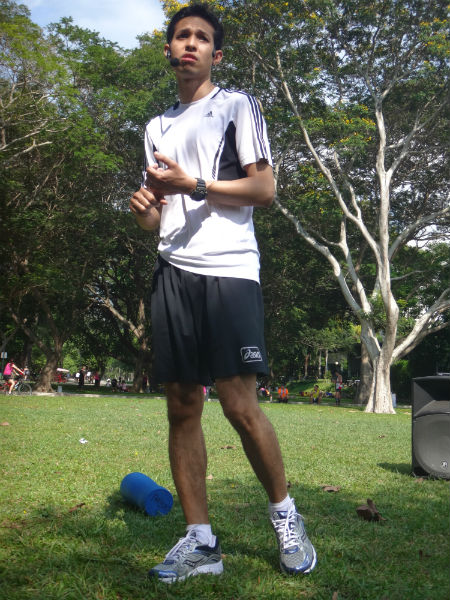
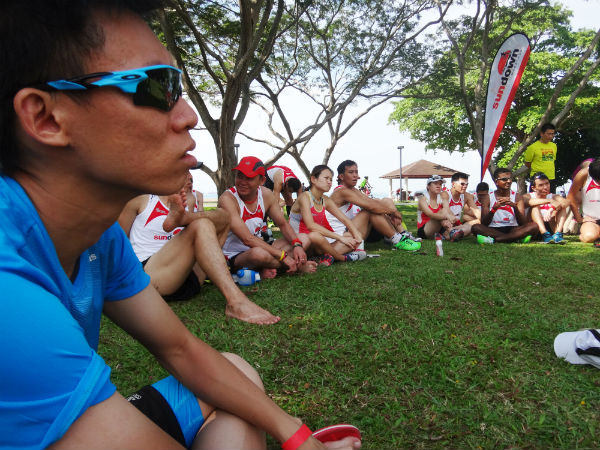
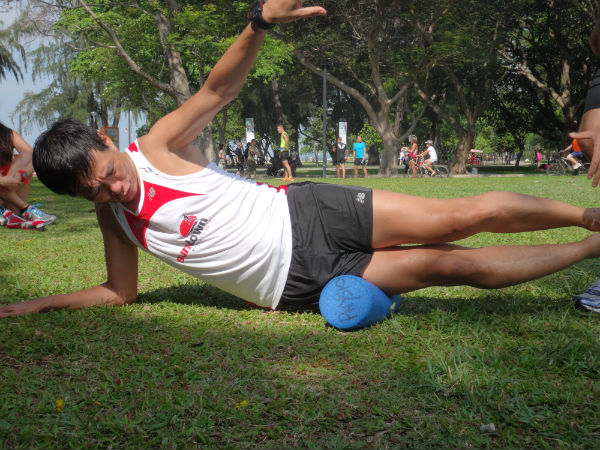
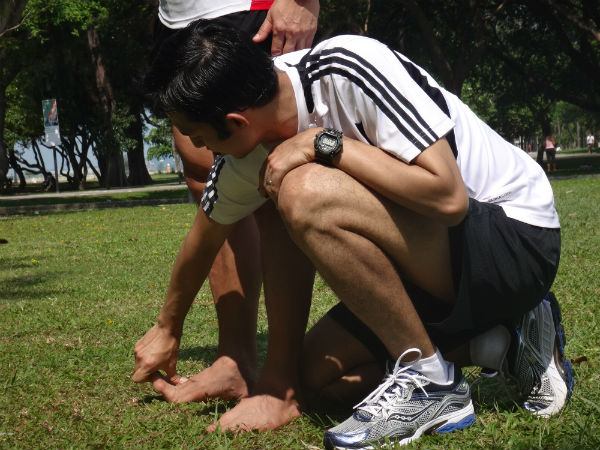
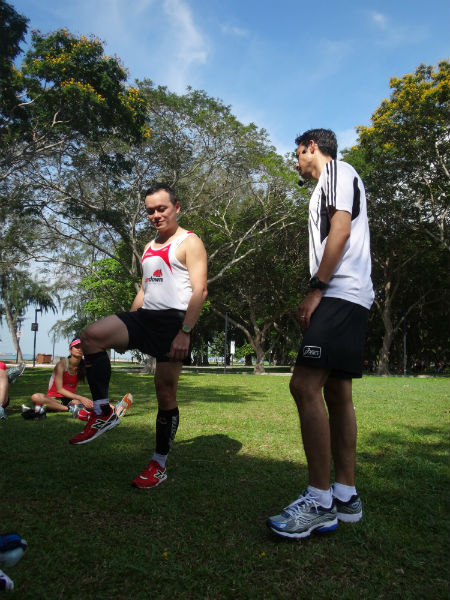
Leave a Comment